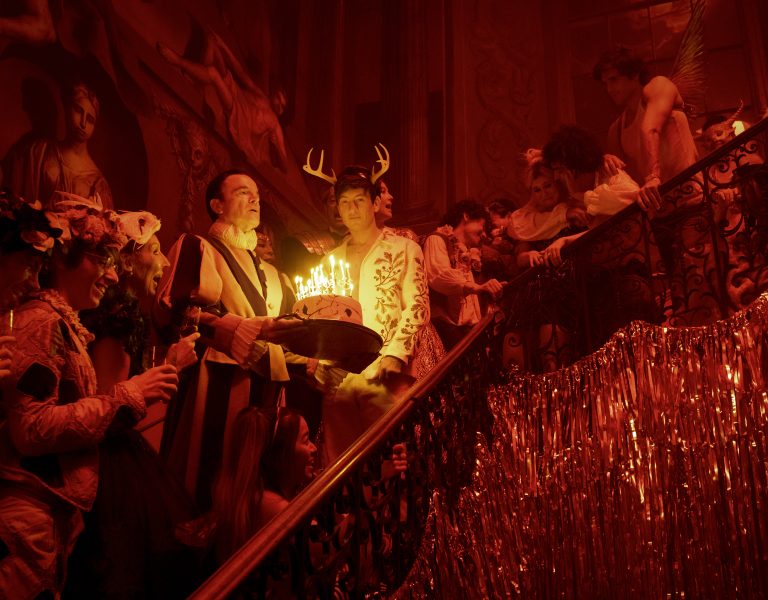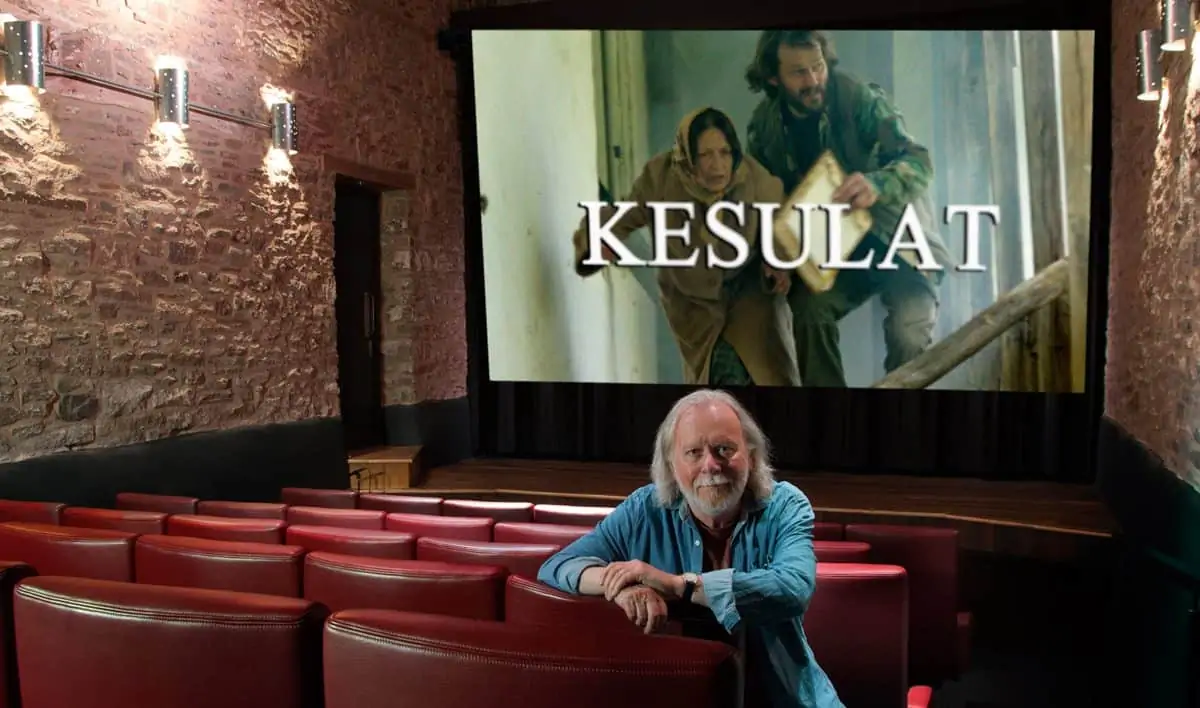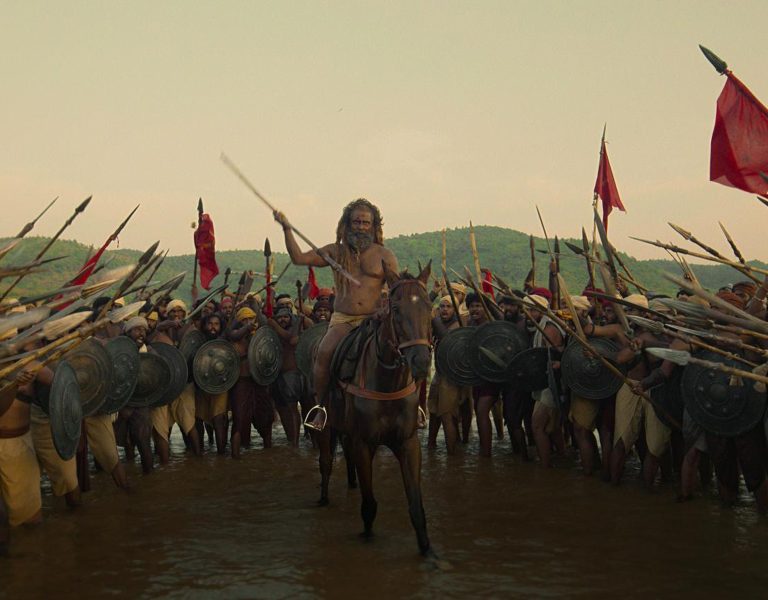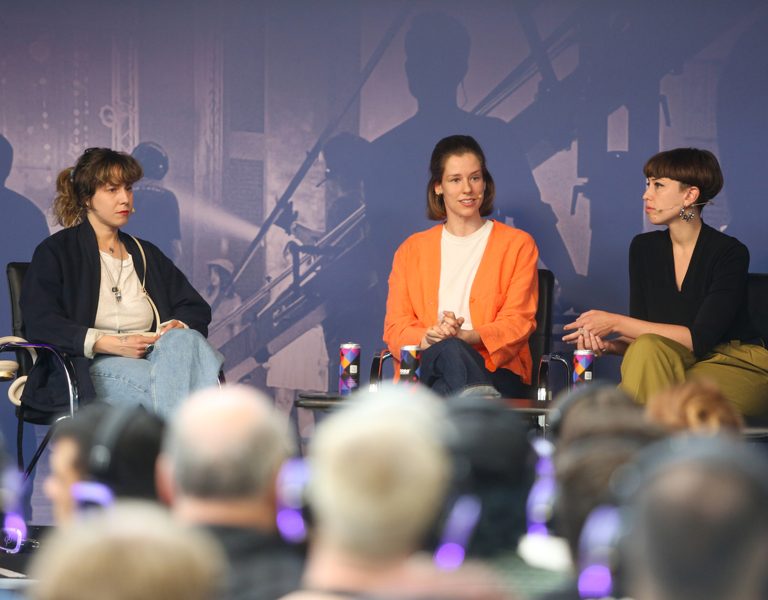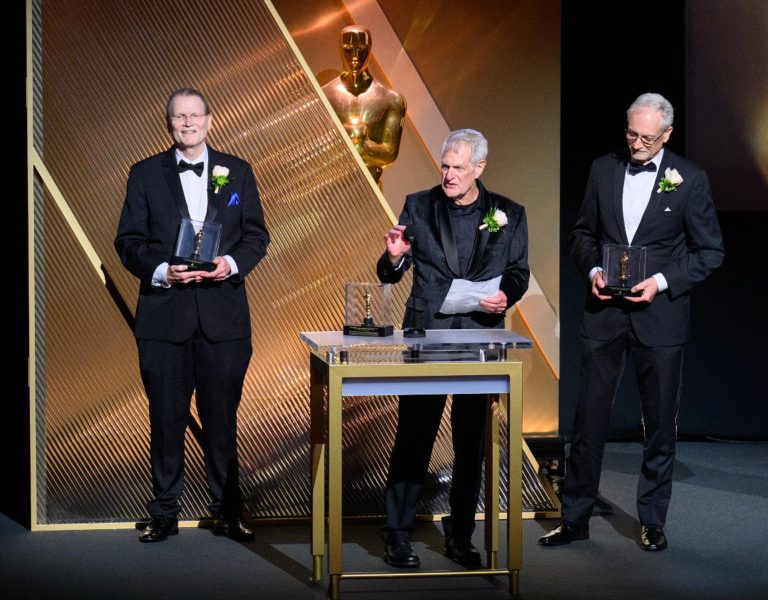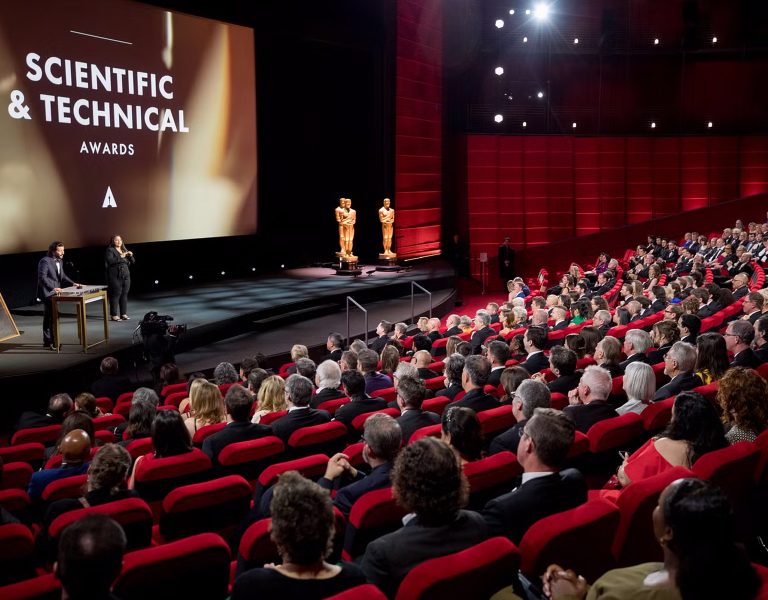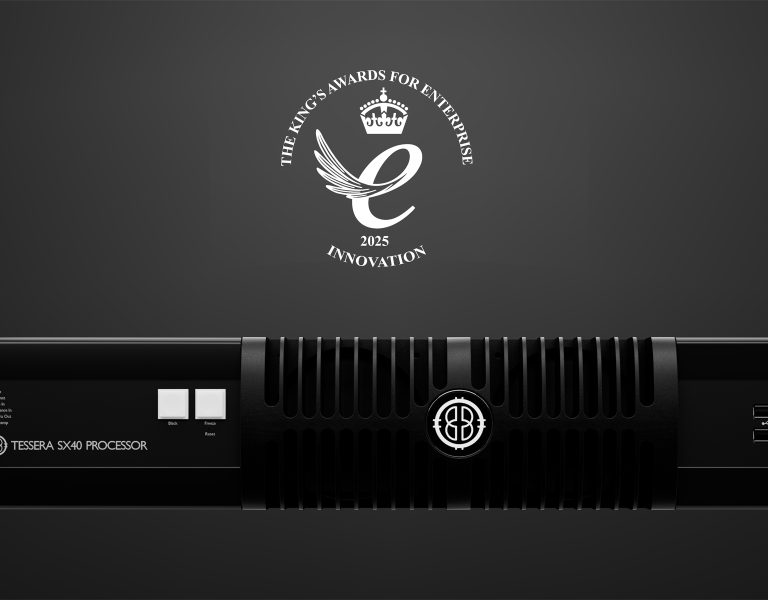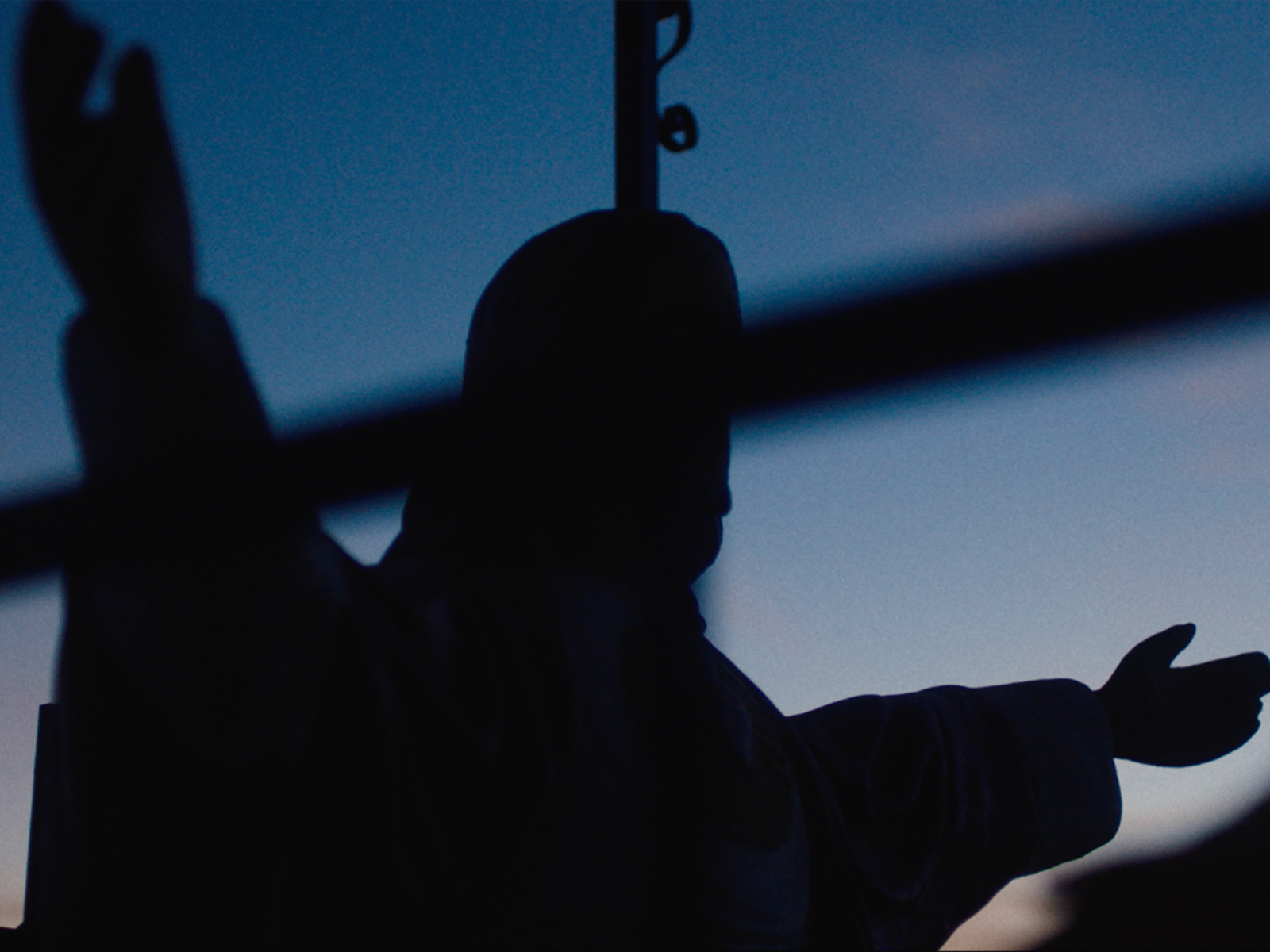
Please share an outline of the production
Hermanos was a narrative short film that we shot in 2019-2020 that was written and directed by Rachel McDonald.
The script was inspired by real immigration and family separation stories from the US – Mexico border. We filmed for a total of 6 days in Texas and Mexico. In Texas we had a full crew and in Mexico, it was just myself, the director, the producer, and the talent.
How different was the production from previous projects?
This production was such a pleasure. We were lucky to have ample time to prep and I was involved with the director scouts from the very beginning, which was a huge asset when working with Rachel to design sets and find locations that could work for multiple setups. Finding production efficiencies like this was very important with such a short shooting schedule. The film started as a proof of concept, with a much more abbreviated version of the script. This portion was shot over two days in Texas. The rest of the film was shot several months later with a much more fleshed out script and a full cast. This ended up being a real benefit to the film and the story. During the break between the two shoots, Rachel re-wrote some of the main scenes and added the role of the border patrol officer played by Grant Harvey. All of this influenced our shoot and the story in such a beautiful way. I think having that down time in-between shoots was such an asset and gave us a chance to process what we had already filmed and very strategically plan out our second shoot. We could not afford to go back a third time, so we really honed in on what was absolutely crucial and made those 4 shoot days count.
How did the director articulate what they were looking for?
The film is based on an ongoing crisis at the US – Mexico border and for months leading up to the shoot the daily news was filled with horrific images and separation stories from the border. These stories and images deeply motivated Rachel to make this film and we were constantly swapping articles, images, and ideas both as reference and conversation. Rachel is a very visual director, so when it came to articulating what she wanted, she had mood boards, location ideas, and cinematic references. There are a handful of amazing photographers who have spent years working on the border and I was able to track down a couple of books with some incredible and heart wrenching imagery that we referenced when shot listing. Because Rachel and I had a very strong and shared feeling about the situation at the border and the story Rachel had written, it helped us get to a shared vision of what we were looking to create and capture pretty seamlessly.
How did you decide upon the visual language?
The goal with Hermanos was to make something visceral, human, and relatable. We wanted to find a way to bring humanity to the stories on the border and to remove any political bias. We decided to shoot much of the film handheld in an effort to create intimacy and evoke the feeling of what these two young brothers on the run were navigating. The landscape in the American Southwest is striking and its beautiful light qualities really influenced the lensing of the exteriors. We wanted to use the vast landscape in conjunction with our lenses on the wider end to make the characters’ world feel even more isolated. As I mentioned, Rachel is such a visual director, which is a delight when collaborating on a film. She really cares about the look and feel of every scene and frame in her work. Thankfully, we have a strong shorthand and we continued to share visual references from prep through post, which was a nice way to assure we were on the same page with the visual tones and palettes of the film.
How did you go about devising the shot list?
We worked out our shot list together scene by scene and at points there were some strong visual references from actual photos at the border and detention centers. Some of the scenes Rachel had written were deeply influenced by the devastation at the border and the harsh conditions of the detention centers. It was important to us that we created urgency and tension in the shots. Rachel tends to like a very solid shot list so that she can stray from it when she sees a moment with the actors that grabs her. Thankfully, that’s usually within our lighting setups. Knowing this about her, I’m always ready to move the camera intuitively to find framing that captures what she’s feeling from the actors in that moment.
What cameras and lenses did you use and why? Who supplied them?
We shot on an Alexa Mini with a set of Panavision Ultra Speed lenses, which I love. The texture of those lenses and their fall off feels very natural to my eye. Panavision Woodland Hills supplied our gear and we were so grateful to have Alexa and the team at Panavision supporting this project.
How did you go about devising the lighting schemes and what fixtures did you use and why?
We had a slim crew and lighting package on this film but working with a director who is such a team player when it comes to camera was helpful. The sun was the biggest source I had. So, we designed our schedule around leapfrogging the crew and gear ahead to place ourselves in the best available light throughout the day. For most of the scenes, we had to add or manipulate the lighting, but I was able to work with available light based on time of day and then balance from there. I love how our small and strong crew was so intuned with the story we were telling. The energy and creativity put forth on set to make everything happen with limited fixtures and time was inspiring. The largest fixture we used was an M40 and then we supplemented it with a few litemats with varying diffusion.
What challenges did you encounter when shooting the project and how did you overcome those?
On the first day of our second shooting block there was a last minute casting change and due to the original shooting schedule we had to flip the direction we were shooting on a set up we had already lit. I think this was such a beautiful example of the dedication from our actors and crew. Even though it was an unexpected change it was done so seamlessly that it felt like it was planned. Being able to work so effortlessly on set is always such a pleasure and really shows everyone is working towards a unified goal. In the end, that last minute change saved the scene.
How did you decide upon the colour palette and LUTs?
Through the references Rachel and I shared early on in the process I had a pretty good idea of the color palette and feel she was aiming for. For this film I really liked the warm end of the spectrum which felt very human, but we also wanted to bring in cool tones because they added contrast in the color palette and some separation. The color of the detention center was our most stark difference in color palette which felt appropriate for the harsh conditions and how that part of the story was meant to feel hopeless. I didn’t use any special LUTs on this project, I just monitored in rec709 and was able to achieve the look we were going for through lighting and minor adjustments with DIT each day. This was a great starting point before we brought it to Elodie Ichter for the final color and she always does stunning work.
Is there a particular shot or sequence you are most proud of?
I really enjoyed shooting the shot of the two brothers Santino and Tomas escaping from the church. I love shooting handheld and that shot was so frenetic in its energy and in the blocking – the room was tiny with both of the boys. It was one of those shots that just felt great to land. It was also a brilliant performance moment from Carlos and Seth.
